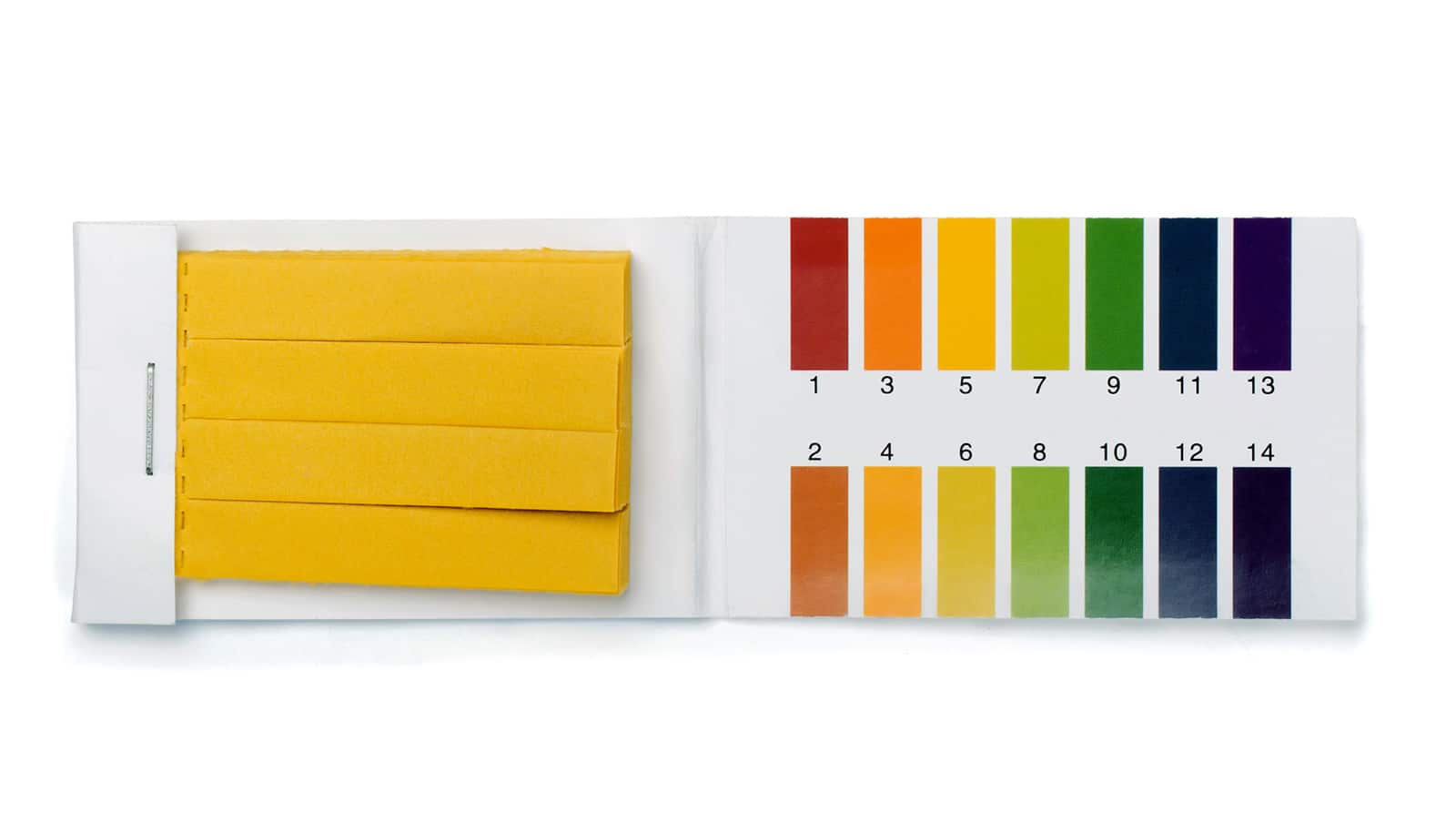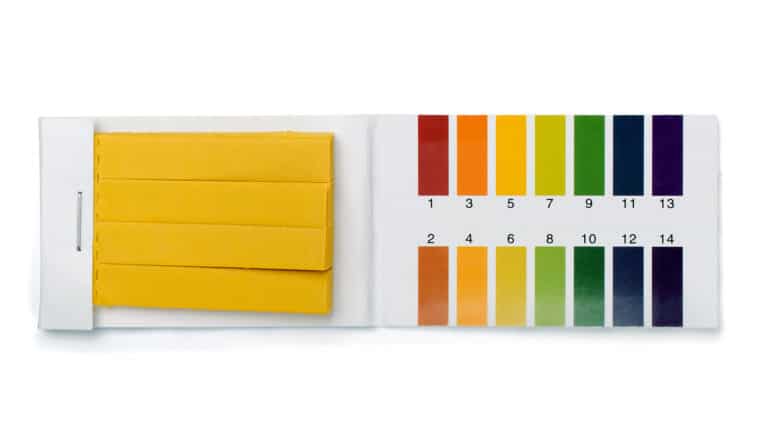
(Credit: Getty Images )
‘Extra’ enzymes boost E. coli resistance at low pH
Studying E. coli at neutral pH in the lab might not give us a full sense of their powers against antibiotics.

Many so-called redundant enzymes in E. coli are actually specialists that ensure maximal growth across different environments, research finds.
In addition, the findings indicate these enzymes increase E. coli’s resistance to antibiotics in low pH conditions, such as those in the GI or urinary tracts. This raises concerns that current antibiotic susceptibility tests are inadequate.
“Some enzymes that appear to be redundant for bacterial growth and fitness under standard laboratory conditions are specialized for particular environmental conditions,” says Elizabeth Mueller, a PhD candidate in the lab of Petra Levin, professor of biology at Washington University in St. Louis. Mueller is first author of the paper in eLife.
“We probably miss a lot of interesting and clinically relevant biology by studying bacterial cells predominately during growth in nutrient-rich, neutral-pH, aerated-growth media.”
Mueller found that a subset of enzymes involved in making E. coli‘s cell wall are pH specialists that ensure robust growth and cell wall integrity in a wide pH range.
It’s like opening someone’s closet, finding a pile of shoes, and asking, “Why so many?” If a person can get along fine with just one pair—and it doesn’t matter which one—why keep all the others?
Upon closer inspection, however, you see that pile of shoes includes running sneakers and hiking boots, wool slippers, rain boots, flip-flops, and stilettos. They’re all shoes, but different styles suit different occasions. You could wear a pair of wellies on a three-mile run, but you’d get fewer blisters in sneakers.
The same appears to be true for E. coli cell-wall enzymes in different pH conditions.
For the new study, researchers generated strains of E. coli missing nonessential cell-wall enzymes. They then grew these strains in medium with pH representative of what E. coli would find in the lower GI tract and urinary tract. The authors found that in these conditions, instead of being interchangeable, several of these enzymes helped the E. coli grow better.
Researchers focused on two pH specialist enzymes: PBP1a—required for maximal growth in alkaline conditions—and PBP1b—necessary in acidic conditions. If a cell is missing one of these enzymes and grown in that enzyme’s “specialist” pH condition, then that cell will have decreased viability.
Interestingly, redundancy in cell wall synthesis appears to have consequences for E. coli‘s sensitivity to certain cell wall-active antibiotics. The activity of PBP1b in acidic conditions increases the cell’s resistance to specific beta-lactam antibiotics by as much as 64-fold, compared to growth in standard culture conditions.
“Most clinical labs test antimicrobial susceptibility by growing bacterial cultures in nutrient-rich media at around neutral pH,” Mueller says. “These conditions poorly reflect those experienced by pathogens at most sites in the human body. Our study supports the idea that environmental conditions at the infection site may affect the efficacy of antibiotic treatment.”
Future work into the mechanism behind how PBP1b protects the cell may reveal new antimicrobial targets that can be inhibited across pH conditions.
Researchers predict that future research will identify similar enzyme specialists in other bacteria that could explain high levels of redundancy in other classes of enzymes, particularly those located outside of the cell exposed to the environment.
Additional coauthors are from Newcastle University in Britain and Utrecht University in the Netherlands. The National Science Foundation, Wellcome, and the National Institutes of Health supported the work.
Source: Kevin Blake for Washington University in St. Louis
The post ‘Extra’ enzymes boost E. coli resistance at low pH appeared first on Futurity.
Share this article:
This article uses material from the Futurity article, and is licenced under a CC BY-SA 4.0 International License. Images, videos and audio are available under their respective licenses.


